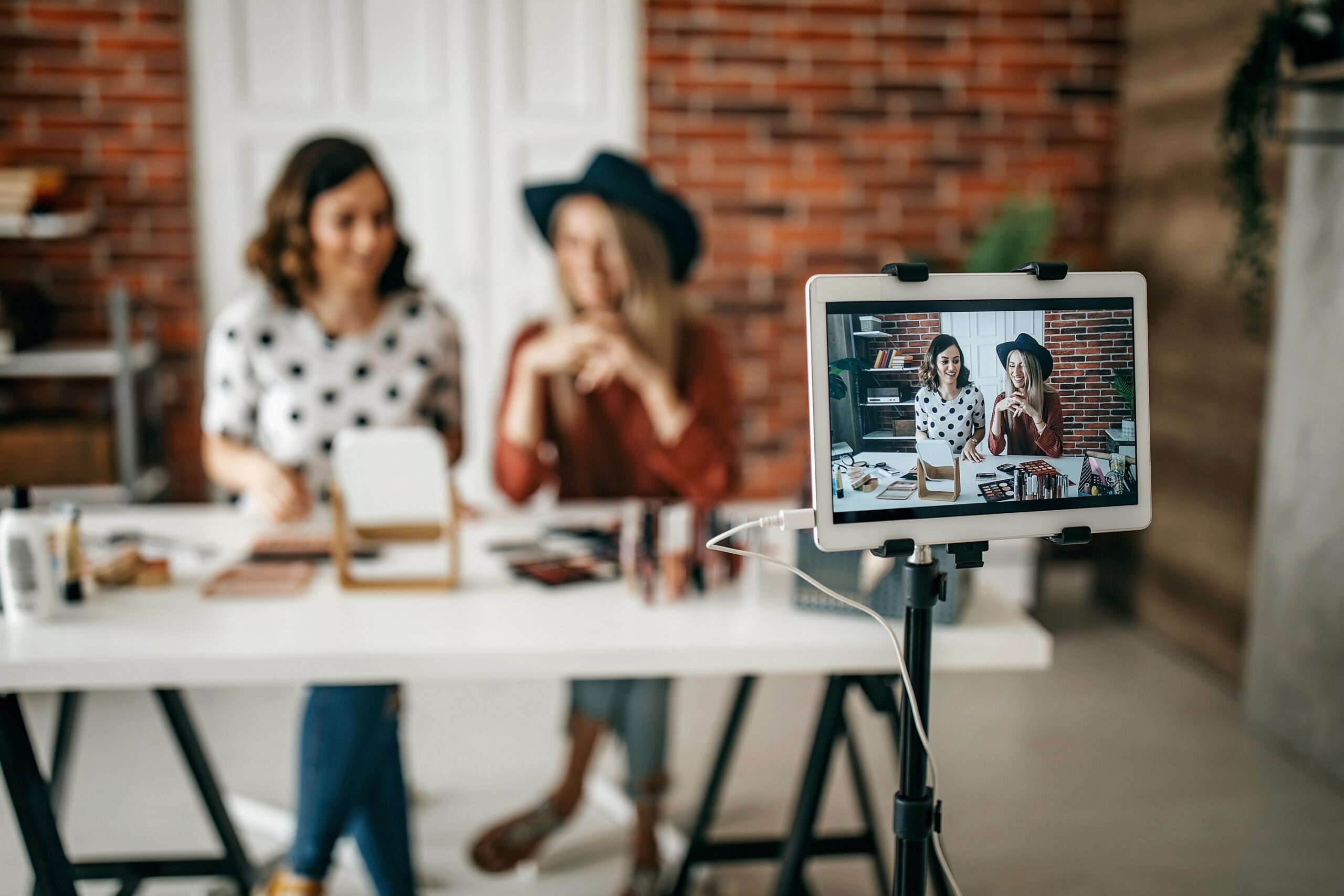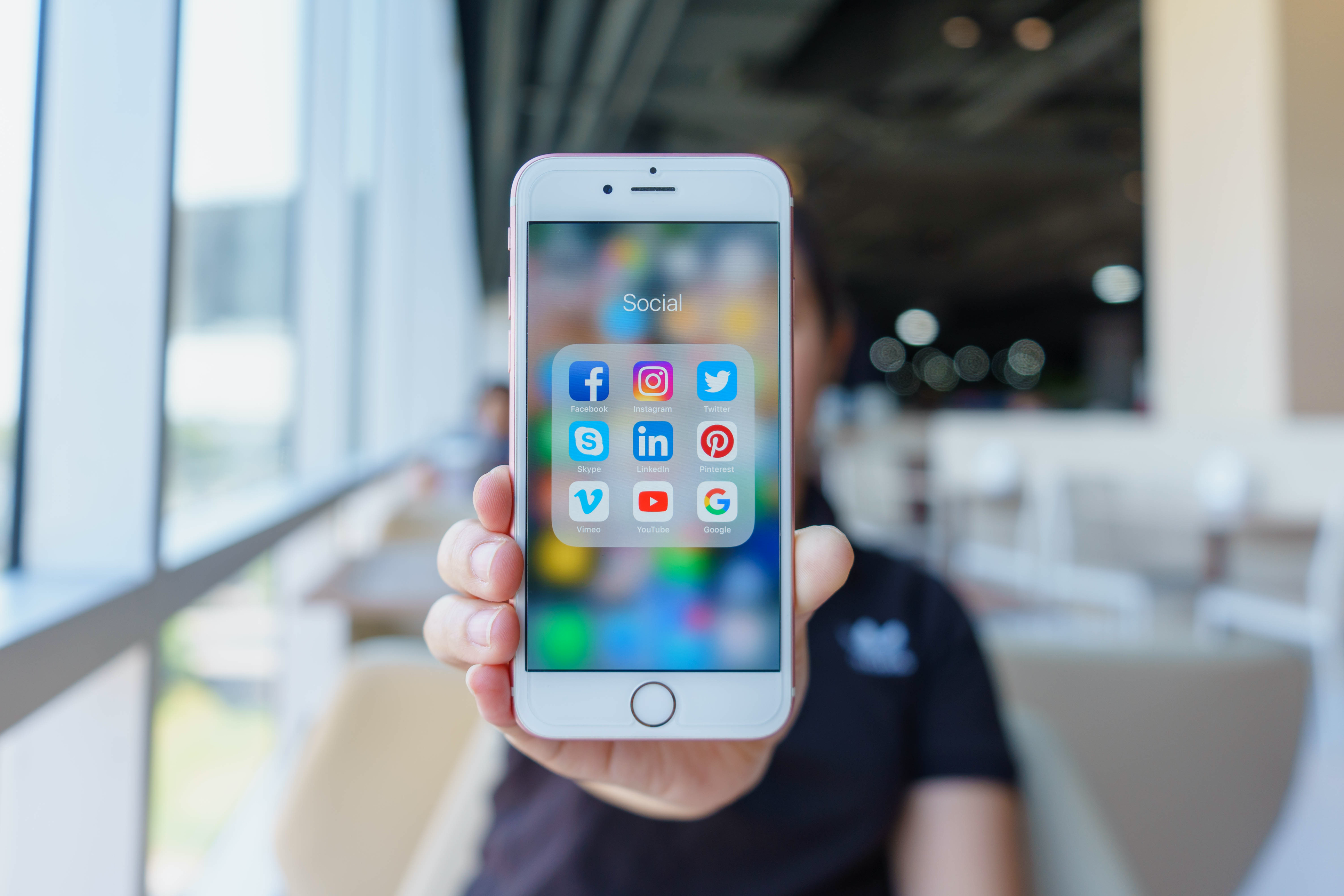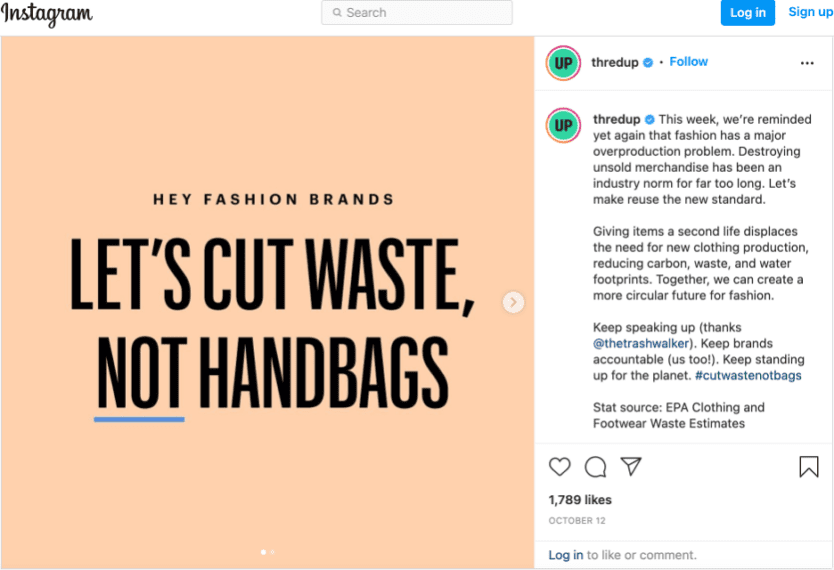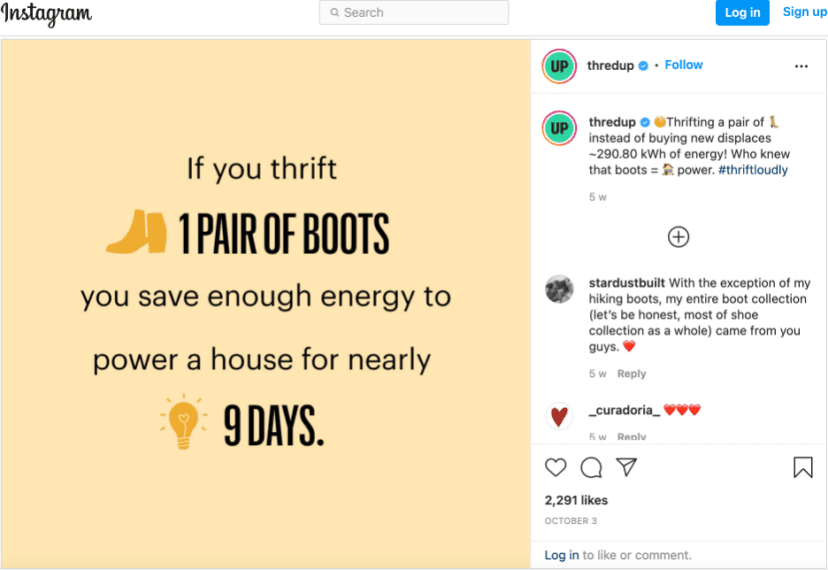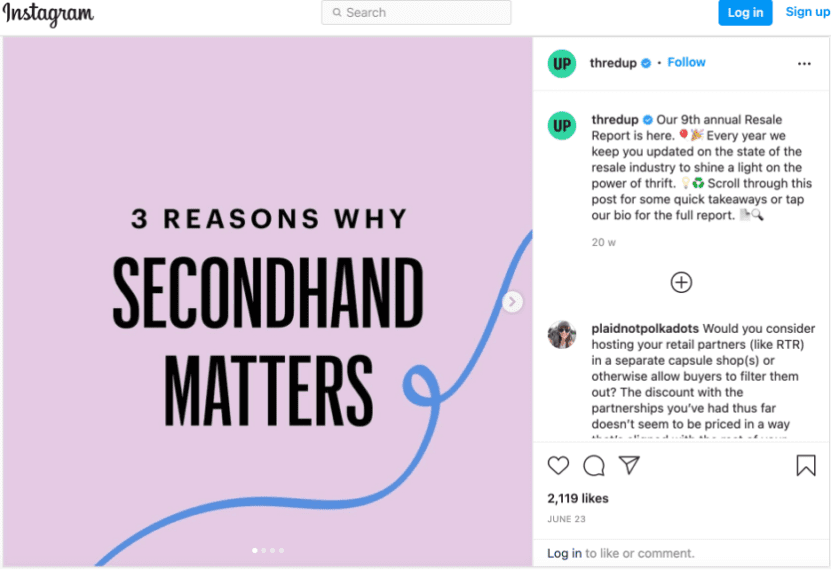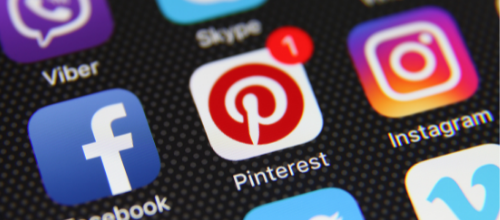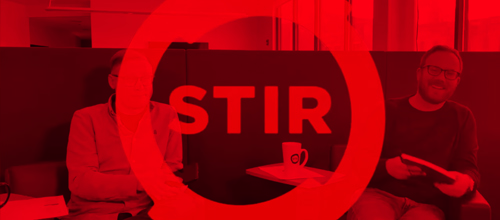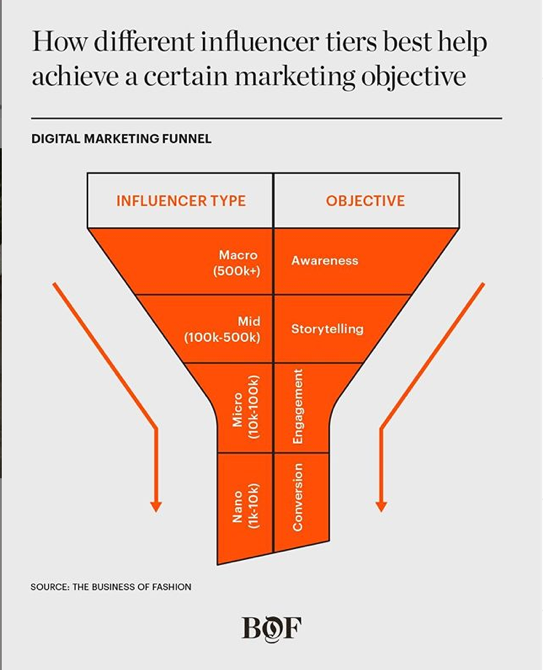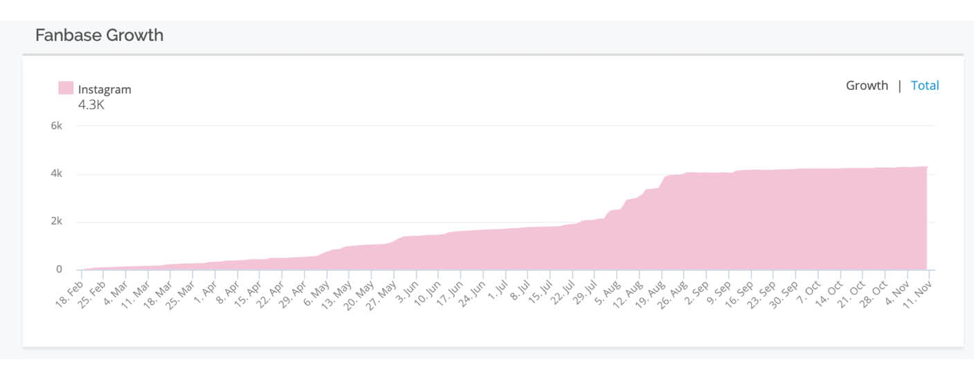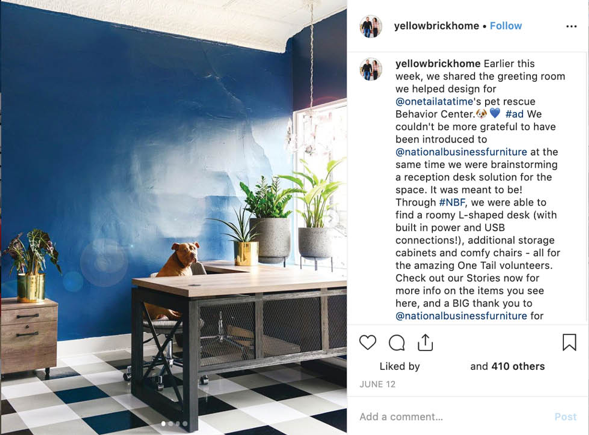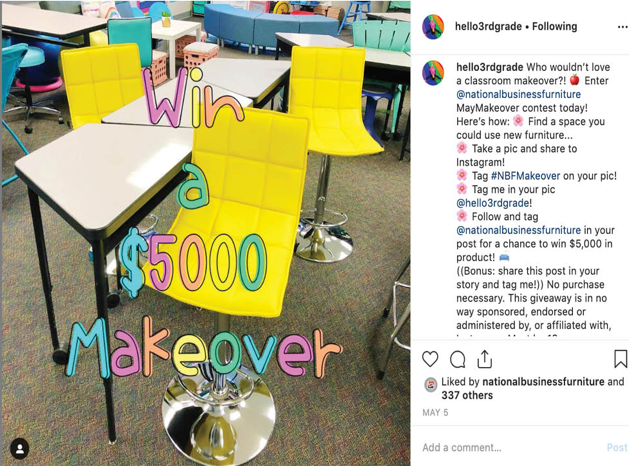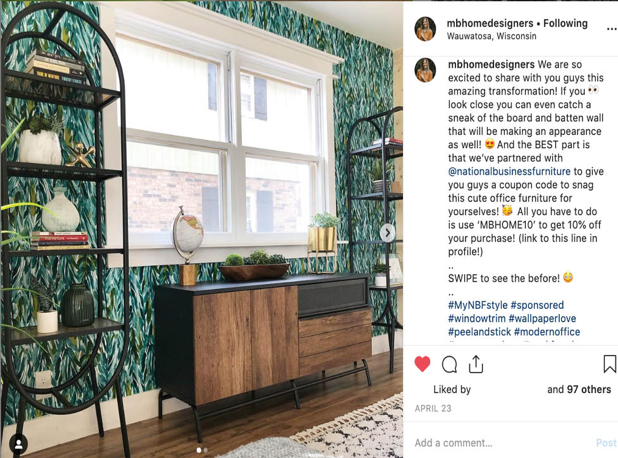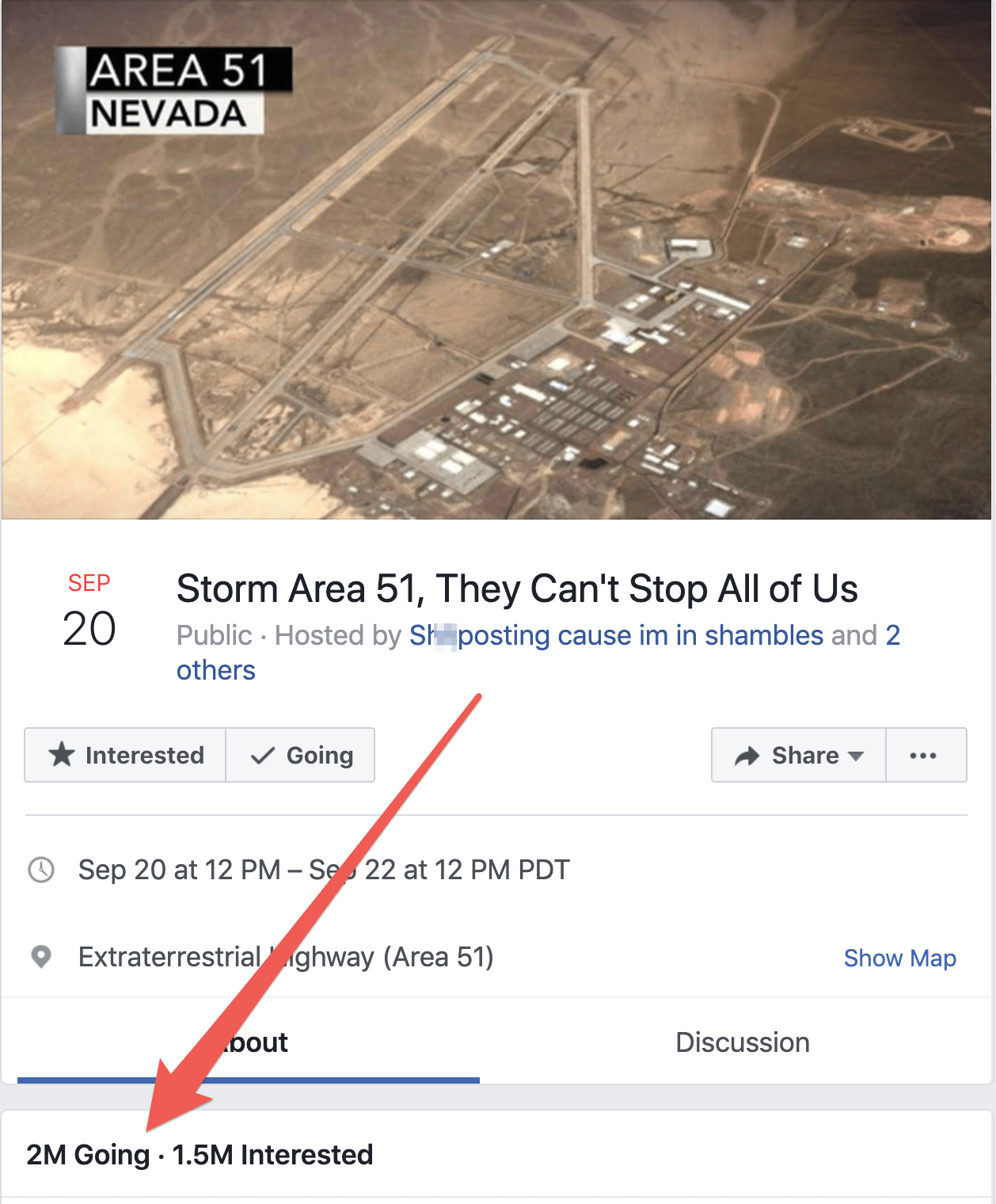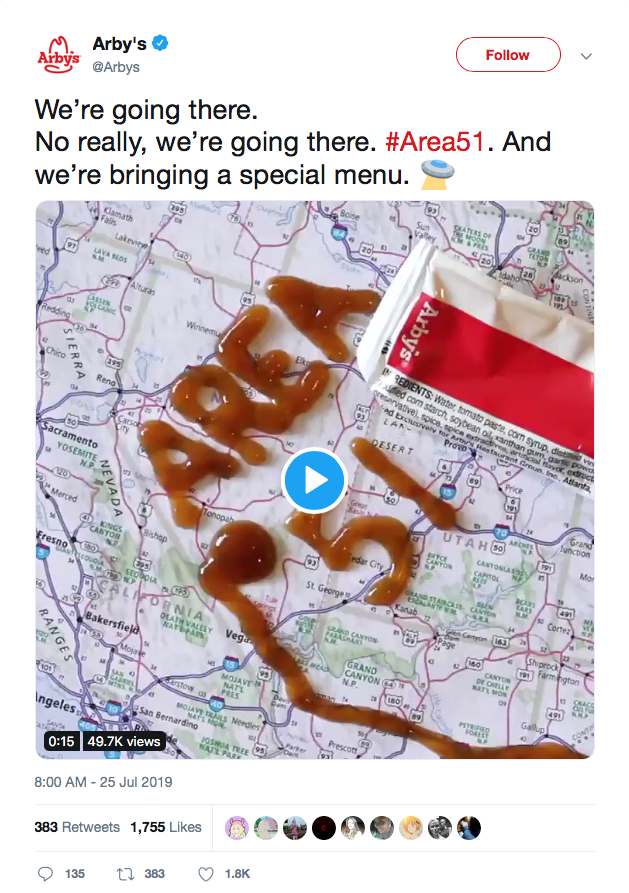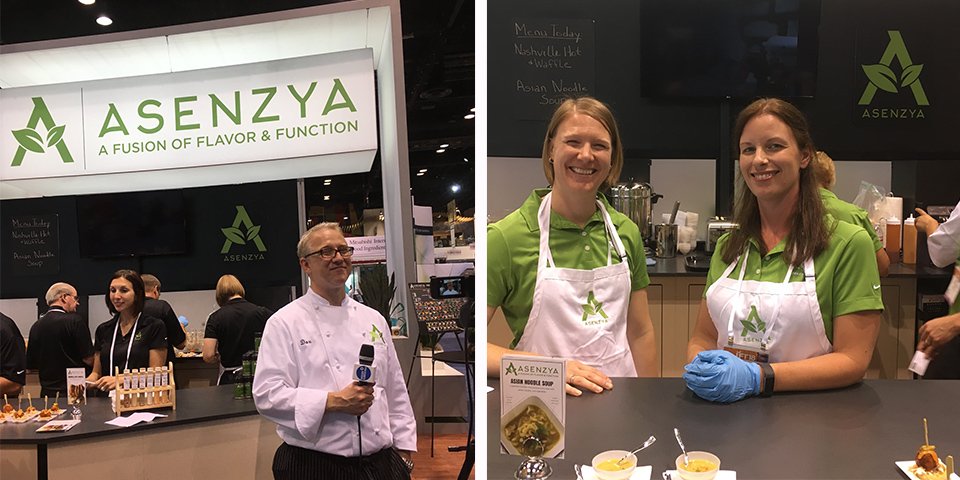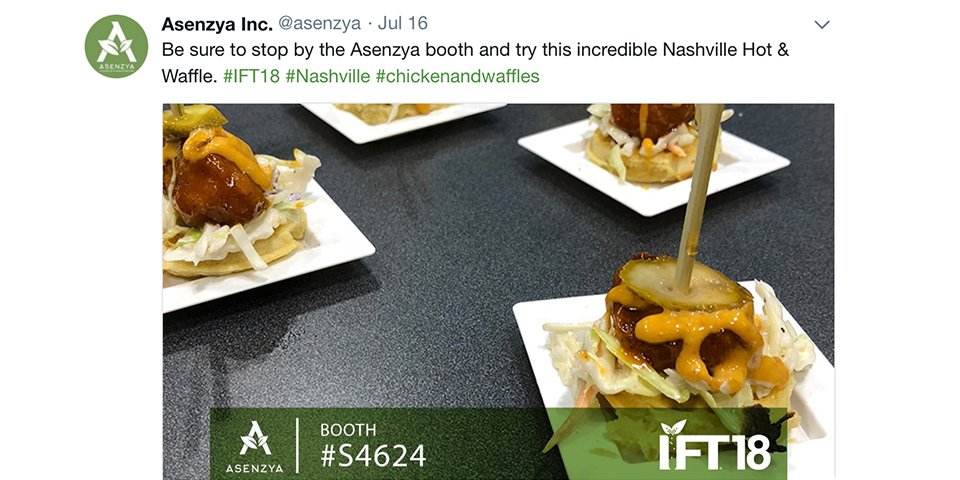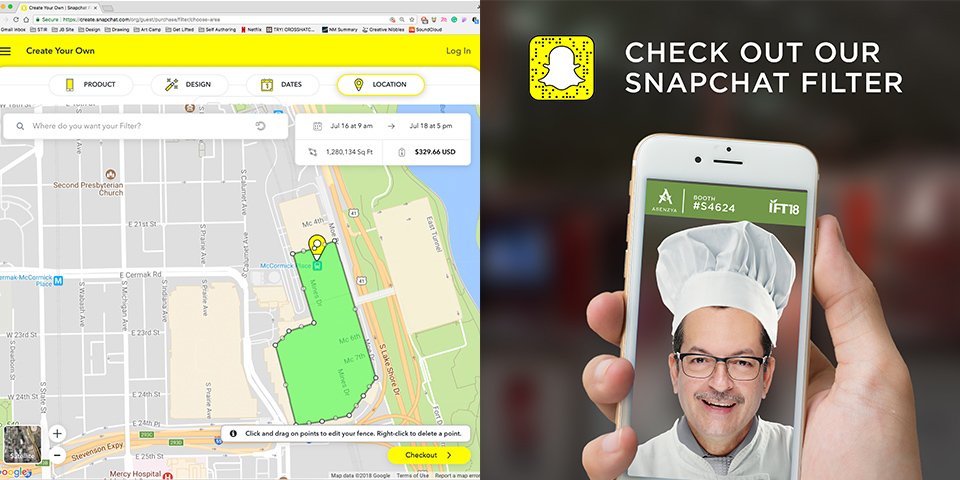Did you know that social media posts that include visual content formats are 40x more likely to be shared? With an average attention span of 8 seconds on social posts, creating eye-catching visuals is essential to standing out on social media platforms. More than just visual appeal; it’s also about optimizing for social platform algorithms to help reach audiences. High-quality content tailored to each platform’s specifications boosts engagement and helps maintain brand credibility.
To help your content look its best in 2025, we’ve compiled our popular social media size guide, including the latest dimensions and resolutions for today’s top platforms. Here’s to keeping your brand’s social channels polished to perform at their best, and cheers to a New Year where your brand optimizes visual content for each platform!
Read on or download the full guide for the latest sizing standards for today’s top social media channels.
Happy New Year and happy designing!
Social Media Image Sizes by Network
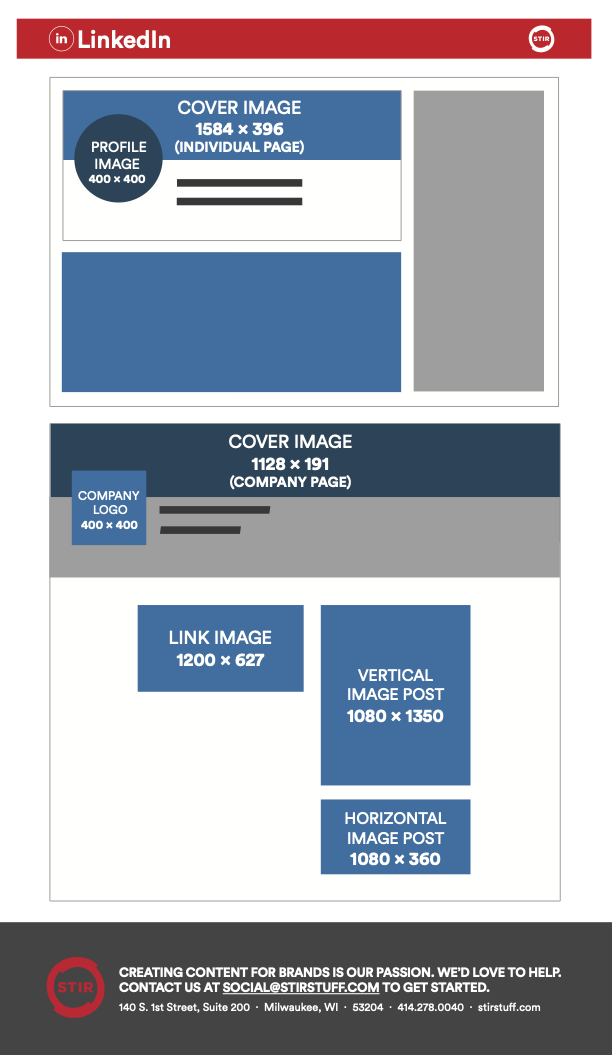
Profile Picture
- Personal page: 400 x 400 pixels
- Company page: 400 x 400 pixels
Cover Photo
- Personal page: 1584 x 396 pixels
- Company page: 1128 x 191 pixels
Shared Image or Link
- 1200 x 627 pixels
Meta/Facebook
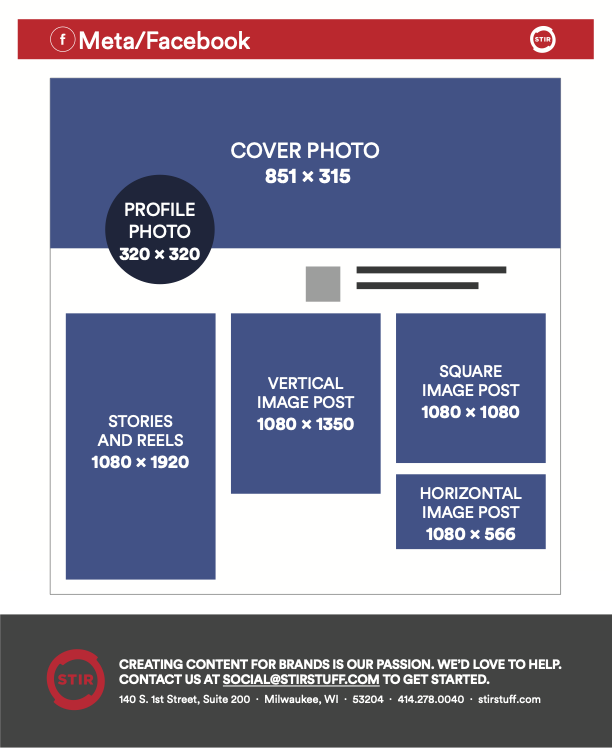
Profile Picture
- 320 x 320 pixels
Cover Photo
- 851 x 315 pixels
- For best results, the picture must be at least 400 pixels wide and 150 pixels tall
- Group cover image size: 1640 x 856 pixels
Shared Image
- Square photo: 1080 x 1080 pixels
- Vertical photo: 1080 x 1350 pixels
Shared Link Preview
- 1200 x 630 pixels
Facebook Story
- 1080 x 1920 pixels
Video
- Ratio: 16:9 to 9:16
- Maximum video length on Feed: 240 minutes
- Facebook Reels recommended ratio: 9:16 and recommended resolution of 1080 pixels
Meta/Instagram
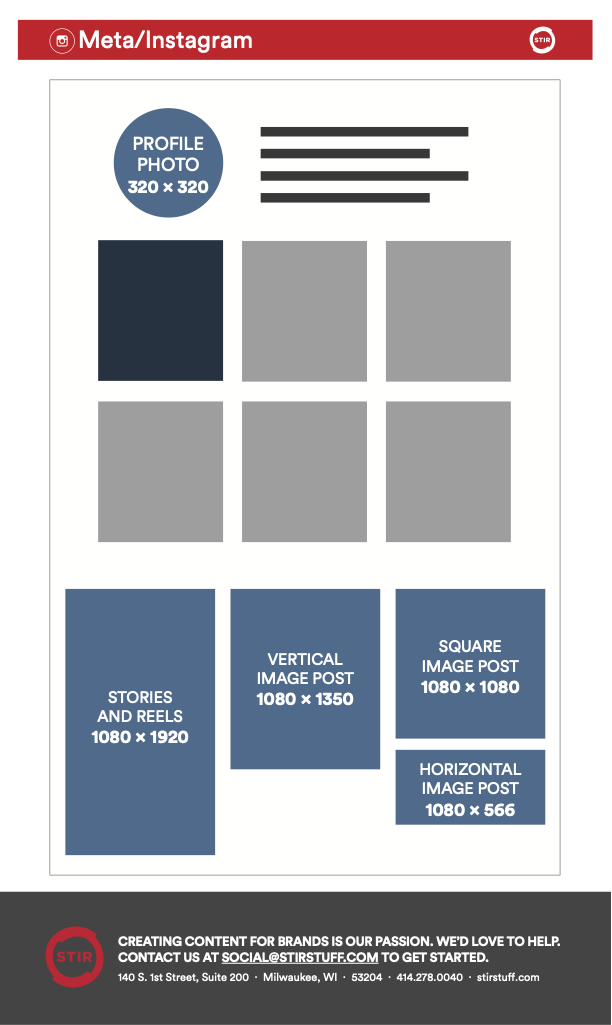
Profile Photo
- Minimum 320 x 320 pixels
- Note: We recommend at least 600 x 600 pixels to ensure quality.
Photos
- Instagram photo sizes:
- 1080 x 1080 pixels (square)
- 1080 x 566 pixels (landscape)
- 1080 x 1350 pixels (vertical/portrait)
Stories & Reels
- Stories and Reels size: 1080 x 1920 pixels
- The aspect ratio is 9:16
- The video might get cropped to fit the ratio if you don’t stick to the ratio
Video Uploads
- 1080 x 864 pixels
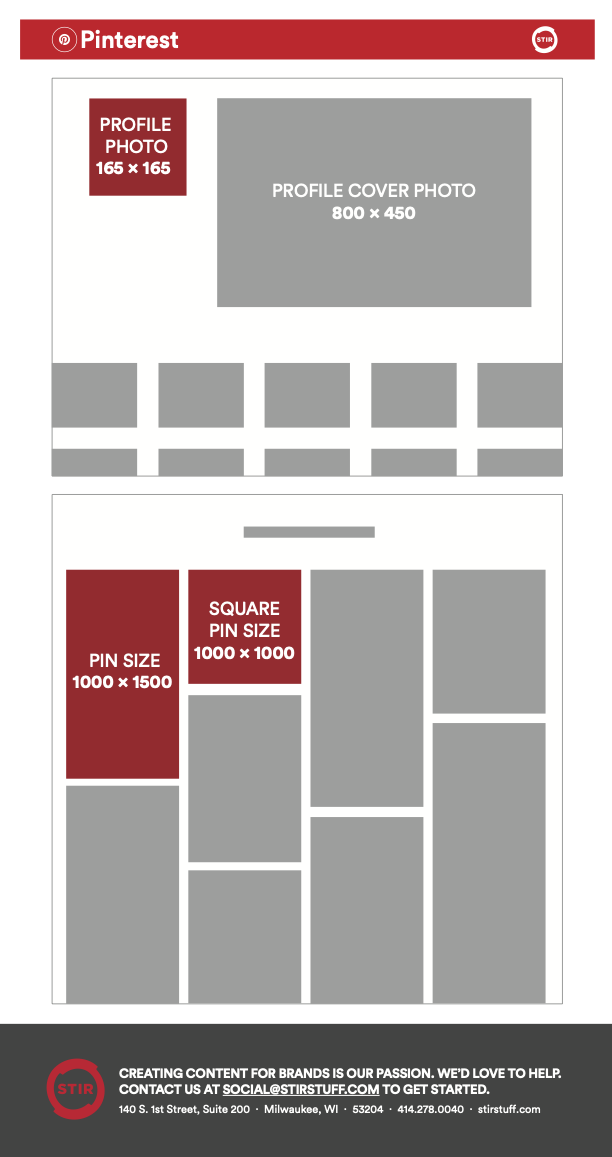
Profile Picture
- Minimum 165 x 165 pixels
- Note: We recommend at least 600 x 600 pixels to ensure quality.
Profile Cover Photo
- Minimum 800 x 450 pixels
Pin Image Size
- Optimal pin: 1000 x 1500 pixels
Snapchat
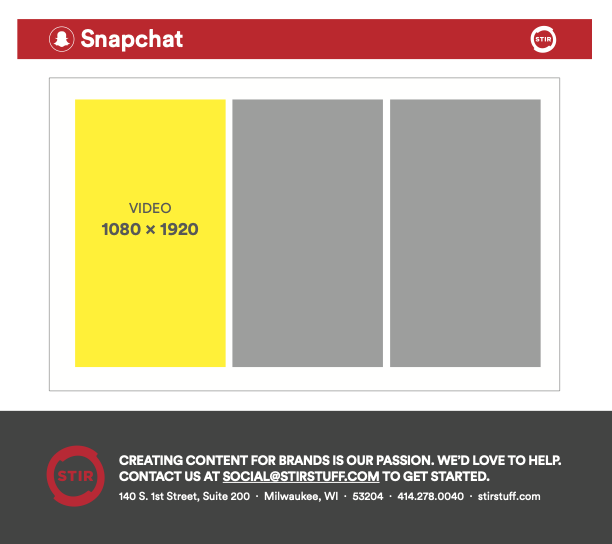
Profile Image
- 320 x 320 pixels
Images/videos
- 1080 x 1920 pixels
- Stories max file size is 34MB and 10 seconds or less
- Custom Geofilter image: 1080 x 1920 pxiels
TikTok
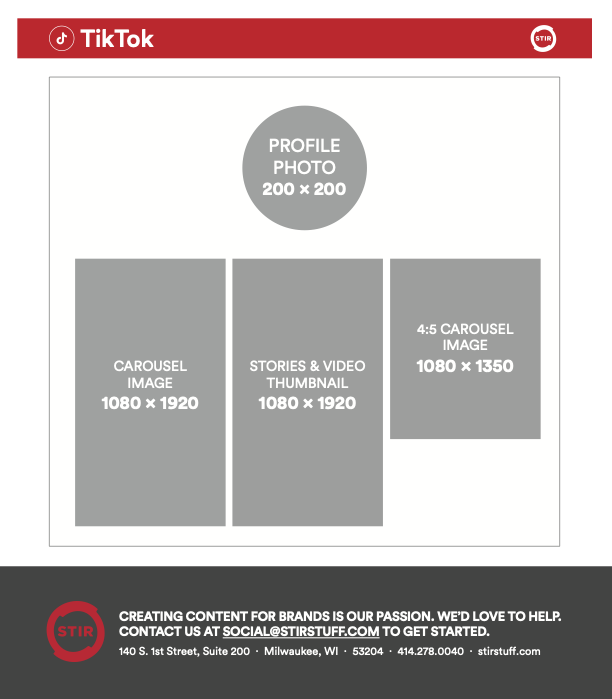
Profile Image
- 200 x 200 pixels
Video Uploads
- 1080 x 1920 pixels
- Aspect ratio of 9:16
X, formerly known as Twitter
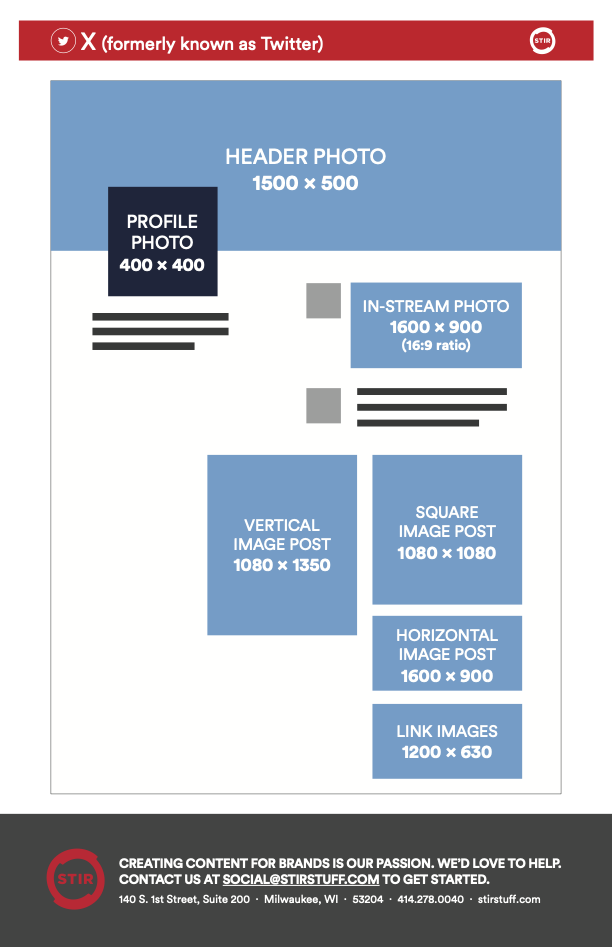
Profile Photo
- Recommended image size: 400 by 400 pixels
- Minimum image size: 200 by 200 pixels
- The aspect ratio is 1:1
Cover Photo
- 1500 x 500 pixels
- Note: When designing a header photo, be sure to account for the profile photo and the invisible area that is cropped out of uploaded images.
Timeline/Feed Photo
- 1600 x 900 pixels (16:9 ratio) (horizontal)
- Minimum size: 600 by 335 pixels
- Supported formats: GIF, JPG, and PNG
- The maximum file size is 5 MB for images and GIFs on mobile and 15 MB on the web
- 1080 x 1350 (vertical)
Timeline Video
- 720 x 720 pixels (square), 1280 x 720 pixels (landscape), 720 x 1280 pixels (portrait)
- Maximum video length: 140 seconds (Premium subscribers can post videos up to three hours long)
YouTube
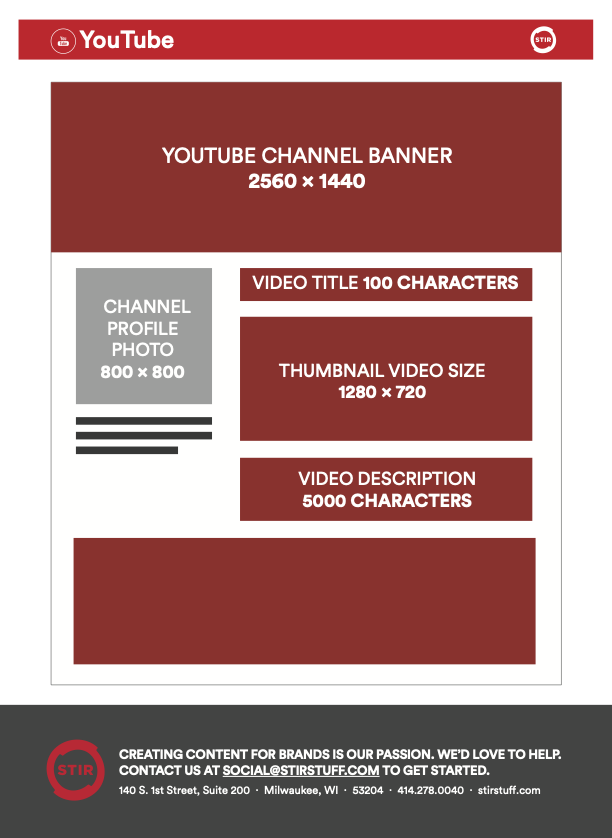
Profile Picture
- 800 x 800 pixels
Channel Cover Photo
- 2560 x 1440 pixels
- Aspect ratio is 16:9
- Remember that your cover image will be displayed differently on devices and may be cropped, so make sure to have the most important information in the middle of the image
Video Uploads
- Minimum HD: 1280 x 720 pixels
- Aspect ratio of 16:9
Video Title and Descriptions
- Video title is 100 characters.
- Video description is 5,000 characters.
Bluesky
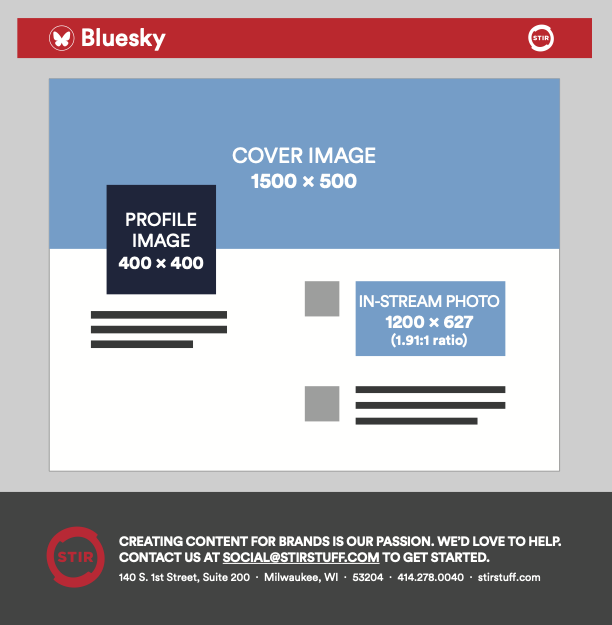
Cover Image
- 1500 x 500 pixels
Profile Image
- 400 x 400 pixels
In-Stream Photo
- 1200 x 630 pixels
- 1.91:1 ratio
Ads
- At least 600 pixels wide
- 1200×1200 pixels (Video Ads/Thumbnails)
Card Images
- 800×418 pixels
Videos
- 16:9
- 1:1
- 9:16

